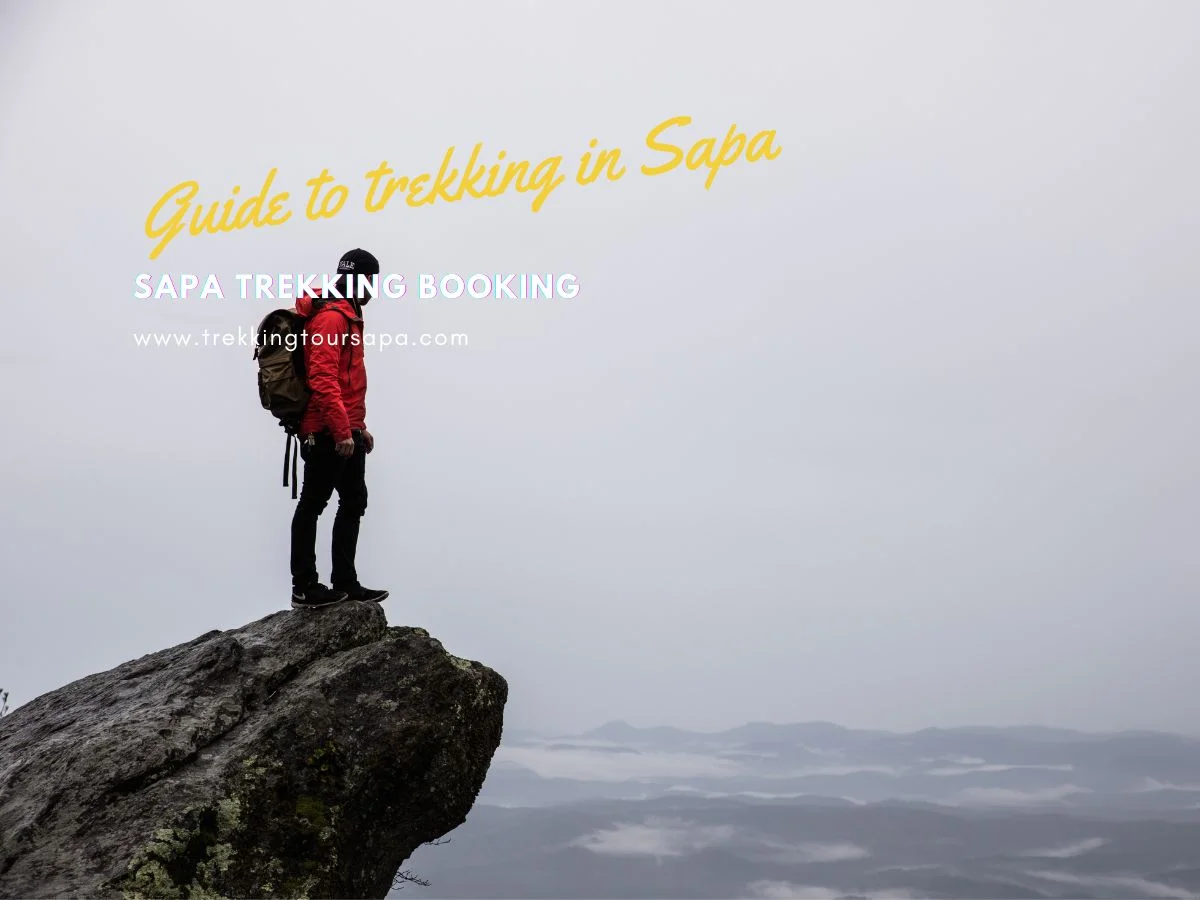Are you looking for an adventure that will take you off the beaten path and allow you to escape the hustle and bustle of city life? Look no further than Sapa trekking tours. Nestled in the northern mountains of Vietnam, Sapa offers breathtaking scenery, unique cultural experiences, and challenging hikes for all levels of fitness.
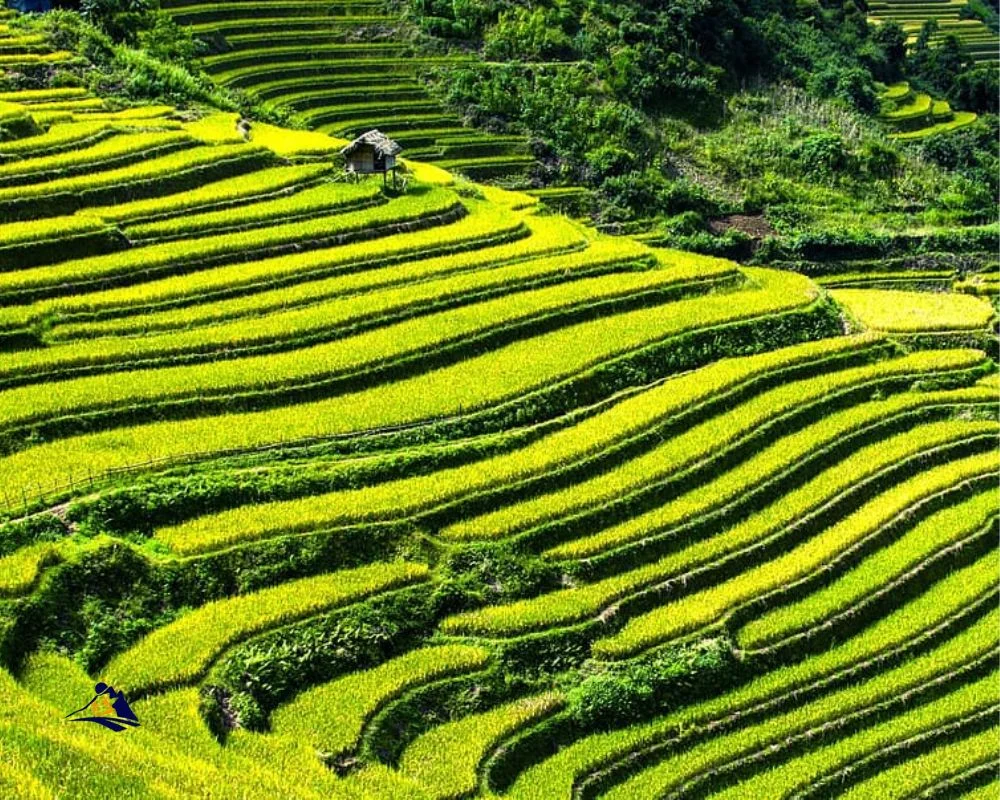
When booking your Sapa trekking tour, it’s important to choose a provider who can offer personalized experiences tailored to your interests and needs. Whether you’re looking for a leisurely stroll through rice paddies or a multi-day trek through rugged terrain, there are tour options available for every type of adventurer. With proper planning and preparation, your Sapa trekking tour can be the experience of a lifetime.
Table of Contents
ToggleTypes of Sapa Trekking Tours
You’re in for a treat! When it comes to Sapa trekking tours, there are plenty of options to choose from. Popular destinations include the Fansipan Mountain, Muong Hoa Valley, and Cat Cat Village. Each location has its own unique charm and beauty that’s worth exploring.
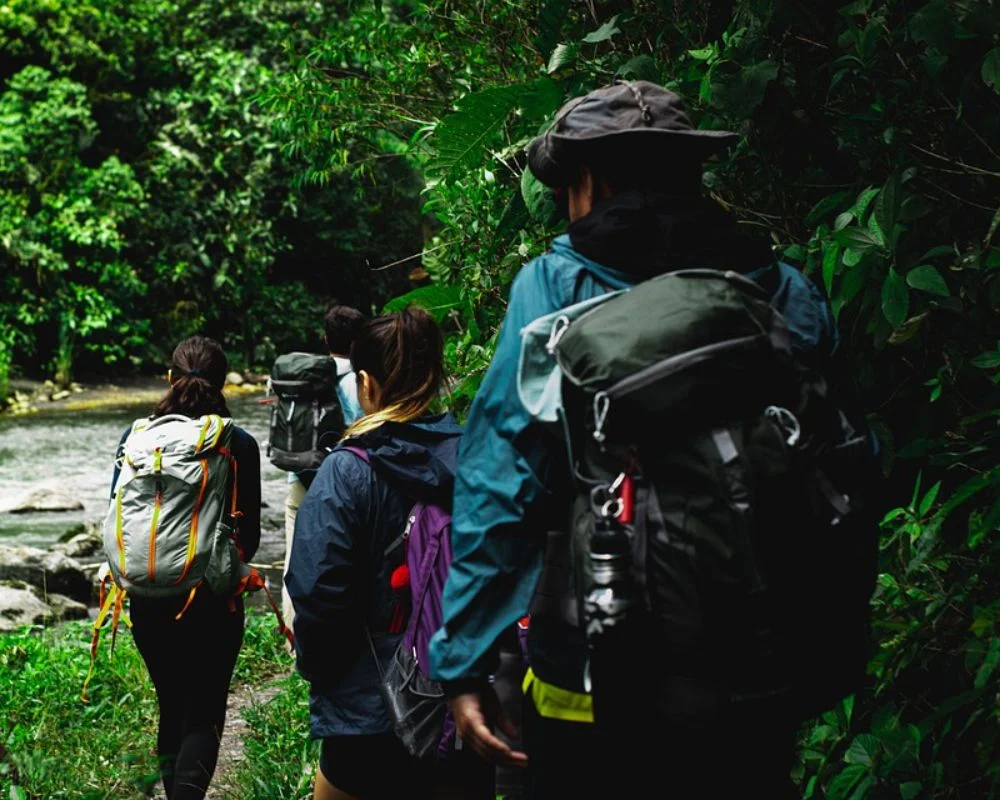
Trekking difficulty levels vary depending on your preferences and fitness level. If you’re up for a challenge, then the Fansipan Mountain tour is perfect for you. It’s considered one of Vietnam’s hardest treks but offers stunning views at the summit. For those who prefer a more relaxed pace, the Muong Hoa Valley tour is an excellent choice. The trail is relatively easy and takes you through rice terraces and local villages. No matter what kind of adventure you seek, there’s a Sapa trekking tour that suits your needs. Now let’s talk about choosing the right tour provider without getting overwhelmed with all the options available out there!
Choosing the Right Tour Provider
If you’re looking for an unforgettable experience exploring the stunning natural beauty of Sapa, it’s important to choose a tour provider that can offer you personalized attention and guidance. A good place to start is by doing a tour operator comparison. Look at the services different companies offer, their pricing, and the level of expertise they have in the area.
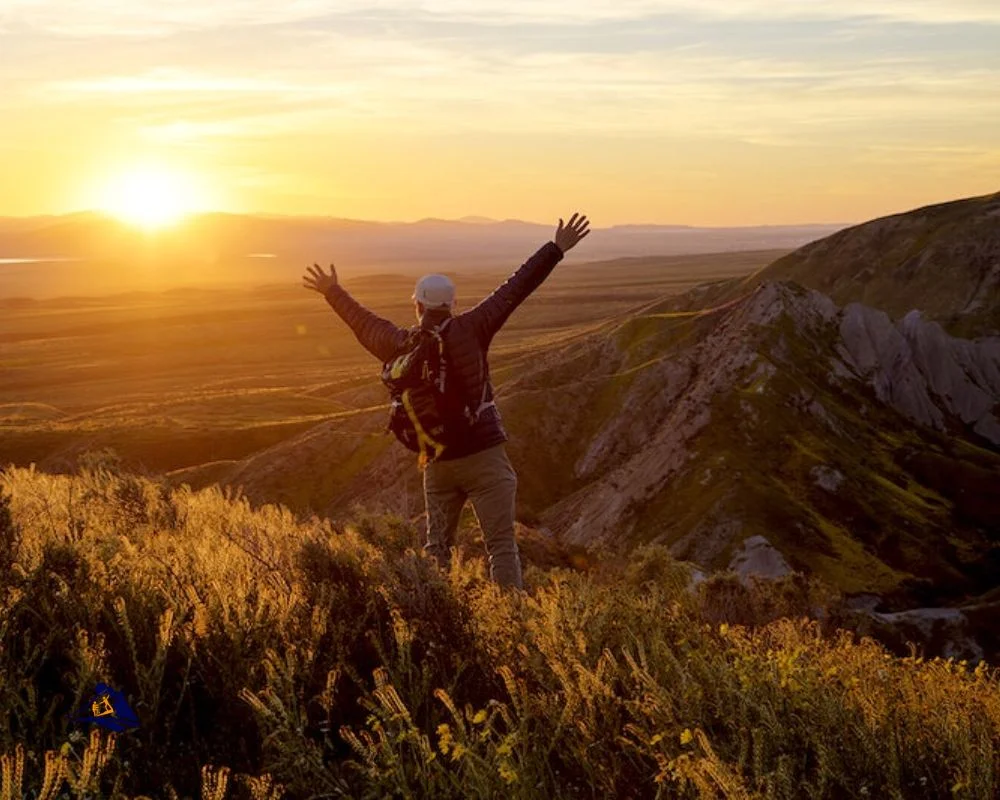
Another important factor to consider when choosing a tour provider is customer reviews. You can check online reviews or ask around for recommendations from other travelers who have experienced Sapa trekking tours. Make sure to read both positive and negative feedback so that you can make an informed decision. Once you’ve chosen your tour provider, it’s time to start planning your trekking adventure!
Planning Your Trekking Adventure
Are you planning a trekking adventure? Choosing the right trekking route is crucial to ensure that your journey is both enjoyable and safe. Make sure to also pack essential items such as proper footwear, clothing, and equipment. Additionally, prepare for any possible weather conditions by checking the forecast and bringing appropriate gear. With adequate planning, you can make your trekking adventure an unforgettable experience!
Choosing the Right Trekking Route
Find the perfect trekking route for your adventure by considering factors such as duration, difficulty level, and scenery. The best seasons for hiking in Sapa are March to May and September to November. During these months, the weather is mild with less rainfall which makes it easier to hike. It is important to check the difficulty level of each trekking route before booking. Some routes may be too challenging for beginners while others may not offer enough of a challenge for experienced hikers. Additionally, consider the scenery and photo opportunities along the way. Do you want to see rice terraces or waterfalls? Do you want a panoramic view of the valley or do you prefer a secluded trail through forests?
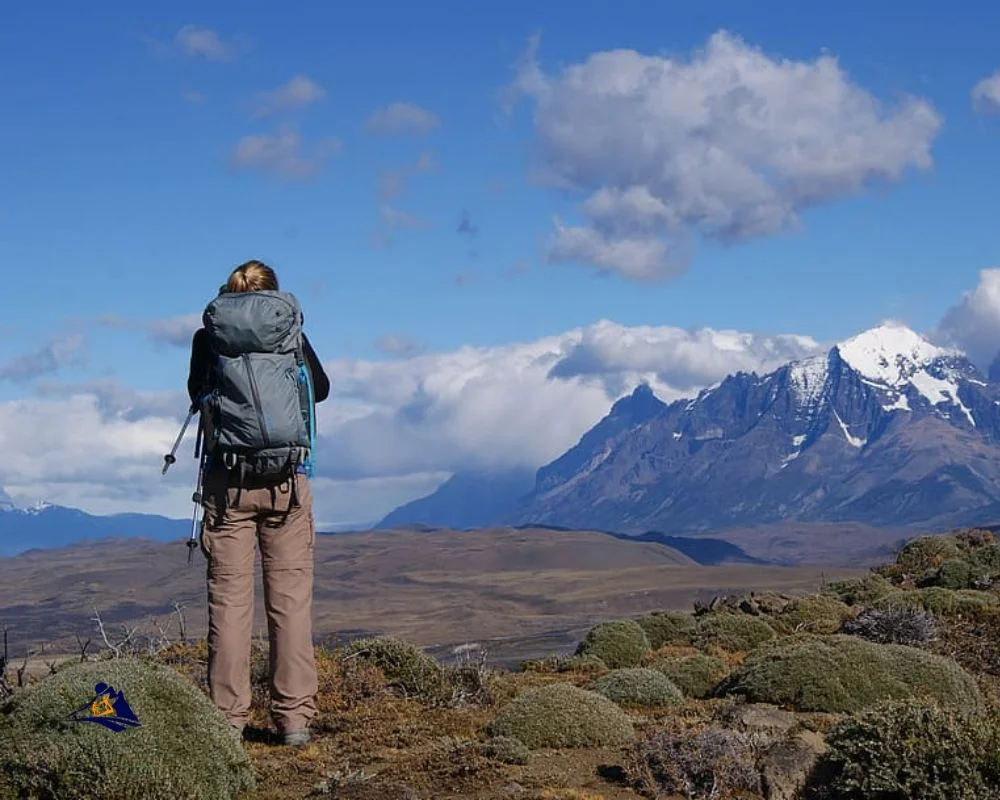
Once you have chosen your trekking route, make sure to pack essential items such as comfortable shoes with good grip, warm clothing layers, a waterproof jacket, sunscreen, insect repellent and plenty of water and snacks. These items will help keep you safe and comfortable during your trekking adventure in Sapa.
Packing Essentials
Make sure you have all the essential items packed in your bag before embarking on your sapa trekking adventure. Your packing list should include comfortable shoes, warm layers, sunscreen, insect repellent and plenty of water and snacks for a safe and enjoyable trekking experience. These basic but crucial items will help keep you comfortable during the long hours of hiking through the lush forests and valleys of Sapa.
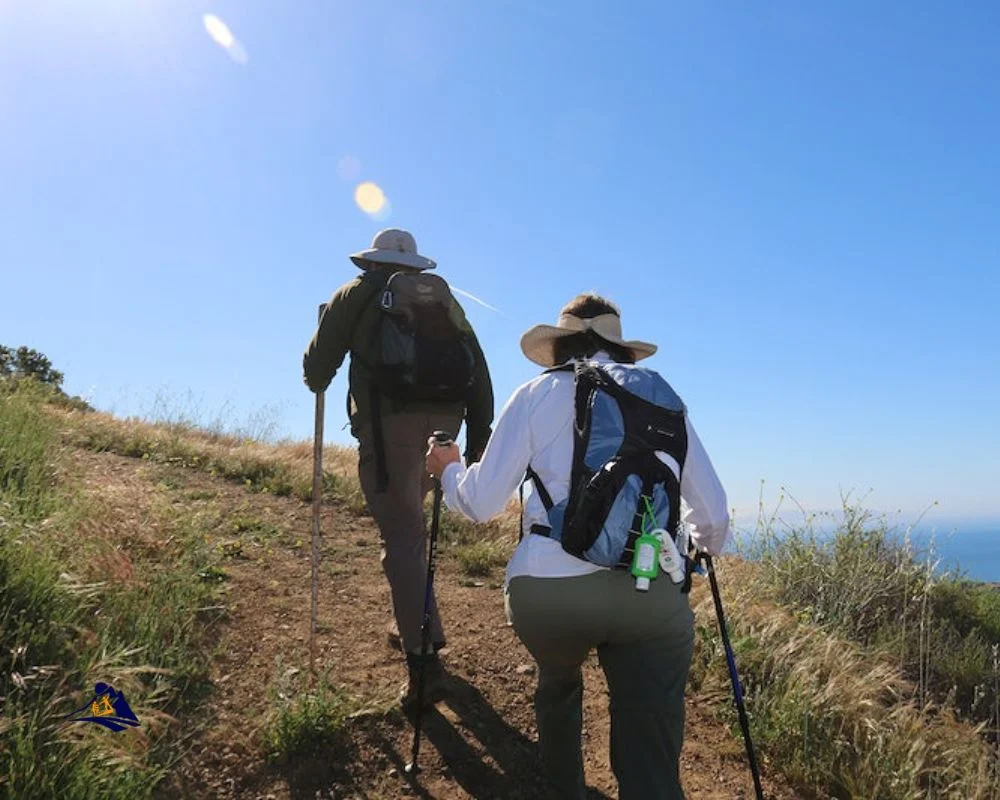
When it comes to packing for your sapa trekking trip, it’s important to be organized. Make a checklist of everything you need to bring along with you so that nothing is forgotten. Keep in mind that weather conditions can change quickly in Sapa, so it’s also a good idea to pack some rain gear just in case. With the right preparation, you’ll be able to focus on enjoying the incredible views and rich culture that await you on your sapa trekking journey.
Preparing for Weather Conditions
Now that you have your packing essentials sorted, it’s time to prepare for the weather conditions you may encounter during your trekking tour in Sapa. The region is known for its unpredictable weather patterns, especially during the rainy season, which usually lasts from May to October. Rainfall can be heavy and persistent, so you’ll need to be prepared with waterproof gear such as a rain jacket and pants.
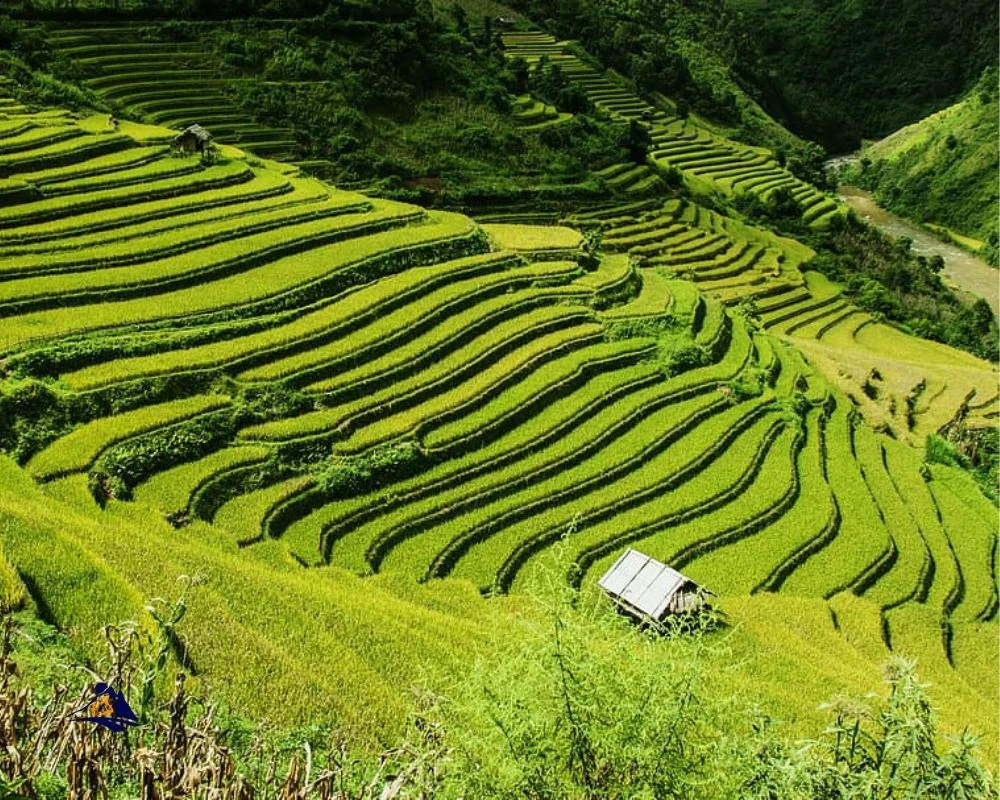
In addition to rainfall, extreme temperatures are also a possibility in Sapa. The mountainous terrain can lead to sudden drops in temperature, especially at night. It’s important to pack warm layers like fleece jackets and thermal undergarments to keep yourself comfortable throughout the trek. By being prepared for both rain and cold temperatures, you’ll be able to fully enjoy your adventure without any discomfort or interruption.
As you prepare for what lies ahead on your trekking tour in Sapa, it’s important to know what to expect along the way. From breathtaking scenery of rice paddies and mountainsides to encounters with local hill tribes, there will be plenty of opportunities for cultural immersion and exploration. Keep reading for more information on what awaits you during your journey through one of Vietnam’s most stunning regions!
What to Expect During Your Trekking Tour
As you embark on your trekking tour, you can expect to meet your knowledgeable and friendly tour guide who will lead the way through stunning landscapes and breathtaking scenery. You’ll also have the opportunity to visit local villages and markets where you can immerse yourself in the vibrant culture of the region, interact with locals, and learn about their traditions and way of life. Throughout your journey, be prepared to experience a rich tapestry of cultures that will leave you with unforgettable memories.
Meeting Your Tour Guide
Meeting your tour guide is an essential part of the experience when booking a Sapa trekking tour. Your guide can provide you with valuable insight into the culture and history of the area, making your journey even more meaningful. Building rapport with your guide is important as it helps establish trust and understanding between you both.
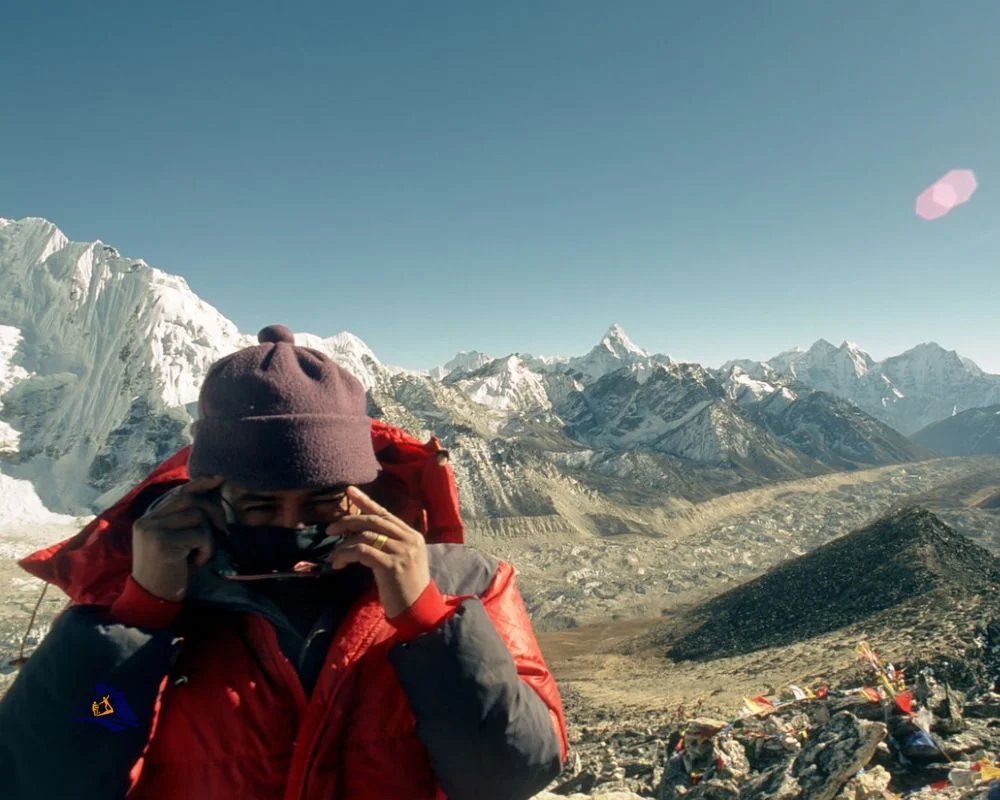
Your tour guide will be the one to help navigate through the stunning terrain of Sapa. They will share their knowledge about the different paths you’ll take, point out local flora and fauna, and give you tips on how to handle any challenges that may arise during your trek. By working together with your guide, you’ll gain a deeper appreciation for this beautiful region in Northern Vietnam. And once you’ve built a connection with them, visiting local villages and markets will feel like exploring alongside an old friend rather than following someone who’s just doing their job.
Visiting Local Villages and Markets
Explore the rich cultural diversity of the region by visiting local villages and markets, where you’ll get to interact with locals and learn about their way of life. One of the highlights of your trekking tour is experiencing local cuisine. You’ll have the opportunity to taste traditional dishes that are unique to each village, prepared using locally sourced ingredients. From savory stews to sweet treats, you’ll be amazed at the variety and complexity of flavors.
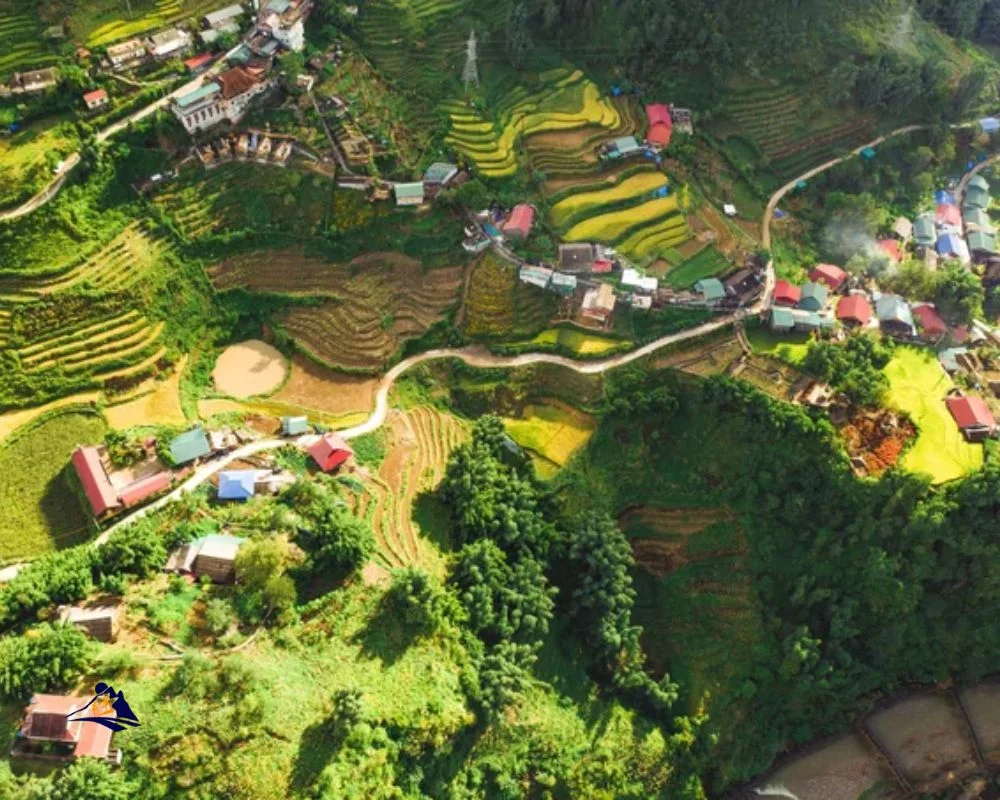
In addition to food, you’ll also witness cultural performances that showcase the customs and traditions of various ethnic groups in the area. Whether it’s a dance performance or a music ensemble, these shows are a great way to immerse yourself in the vibrant culture of northern Vietnam. As you explore these villages and markets, take time to appreciate the intricate handicrafts created by skilled artisans who use traditional techniques passed down from generation to generation. By engaging with locals in this way, you’ll gain a deeper understanding and appreciation for their way of life.
As you continue on your journey towards experiencing local culture and traditions, let’s delve deeper into some other exciting aspects of your trekking adventure!
Experiencing Local Culture and Traditions
Get ready to immerse yourself in the vibrant culture and traditions of northern Vietnam with unique experiences like cultural performances, traditional handicrafts, and local cuisine. You’ll have the opportunity to witness a mesmerizing water puppet show that tells stories of rural life in Vietnam. The intricate puppets dance on water while traditional music plays in the background, creating an unforgettable performance. Another experience you won’t want to miss is trying on traditional attire worn by ethnic minority groups in the area. You can learn about the meaning behind each piece and take memorable photos to bring back home.
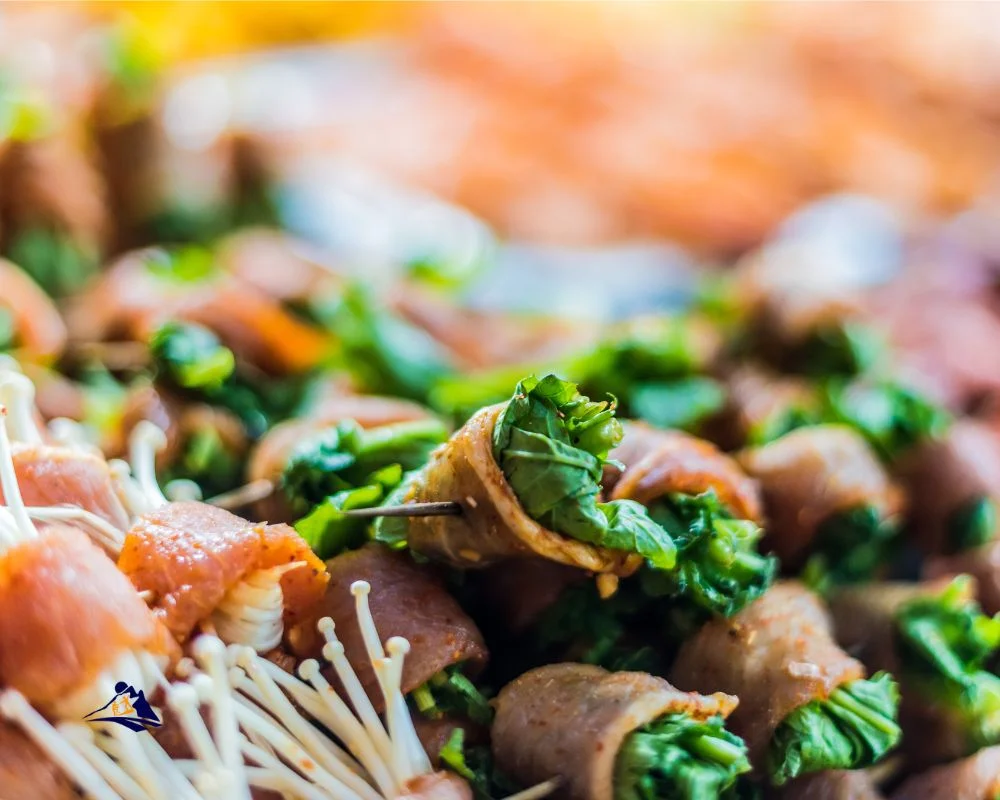
In addition to these experiences, savoring local cuisine is a must-do during your trekking tour. Local markets offer fresh produce and street food that are bursting with flavors unique to Northern Vietnam. Indulge in savory pho or bun cha for breakfast, followed by crispy banh mi for lunch and refreshing che (sweet dessert soup) for dessert. Don’t be afraid to try exotic dishes like grilled frog legs or fried crickets – they might just surprise your taste buds! With so much variety, you’re sure to find something new and delicious at every meal. Now that you know about some of the amazing cultural experiences awaiting you on your trekking tour, let’s dive into tips for making it a successful adventure!
Tips for a Successful Trekking Tour
To ensure you have an unforgettable experience, we’ve compiled some insider tips for getting the most out of your trekking tour. First and foremost, make sure to bring essential gear such as sturdy hiking shoes, comfortable clothing, a waterproof jacket, and a backpack with plenty of water and snacks. It’s also recommended to bring a map or GPS device in case you get lost on the trail.
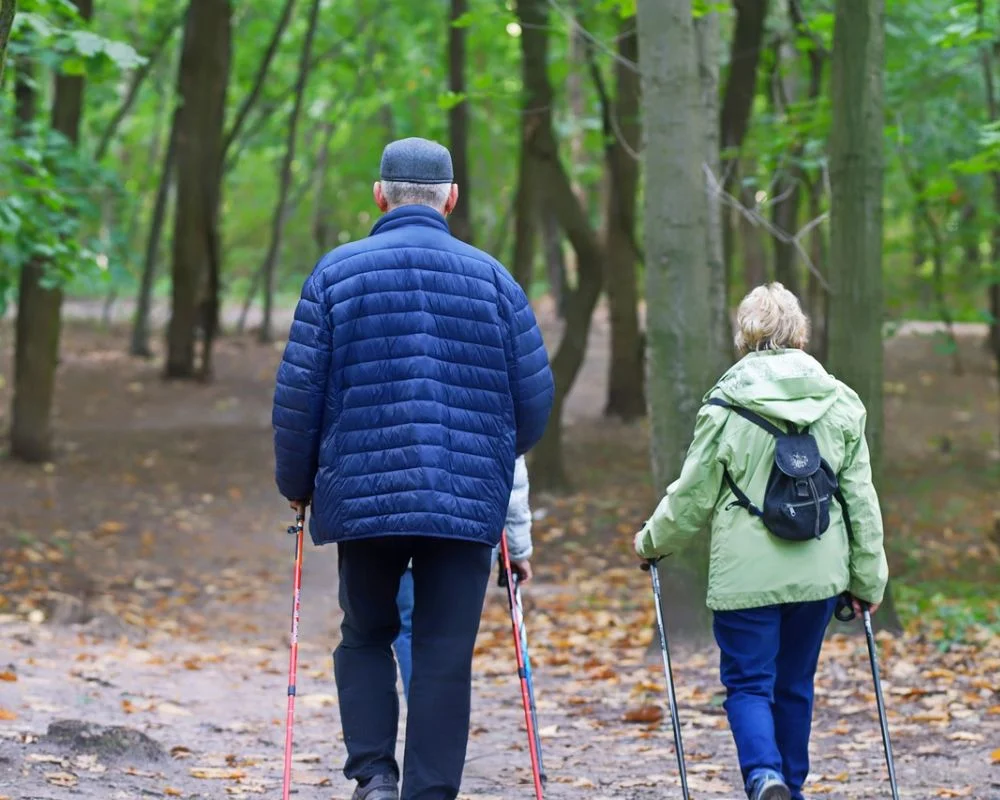
In addition to having the right gear, physical preparation is key for a successful trekking tour. Start training at least a few weeks before your trip by going on shorter hikes or walks to build up stamina. You can also add strength training exercises like squats and lunges to help prepare your body for the uphill climbs. By taking these steps before embarking on your sapa trekking tour, you’ll be able to fully immerse yourself in the stunning natural surroundings without feeling too exhausted or unprepared. With these tips in mind, let’s take a look at our conclusion and final thoughts about experiencing local culture and traditions during your sapa trekking adventure!
Conclusion and Final Thoughts
As you come to the end of your journey, take a moment to reflect on the wealth of knowledge and cultural experiences gained through your immersion in the local traditions and surroundings. The sheer beauty of nature’s creations that you witnessed during your sapa trekking tour will stay with you for a lifetime. You have also learned so much about the unique customs and ways of life that exist in this part of the world, leaving you with a newfound appreciation for diversity.
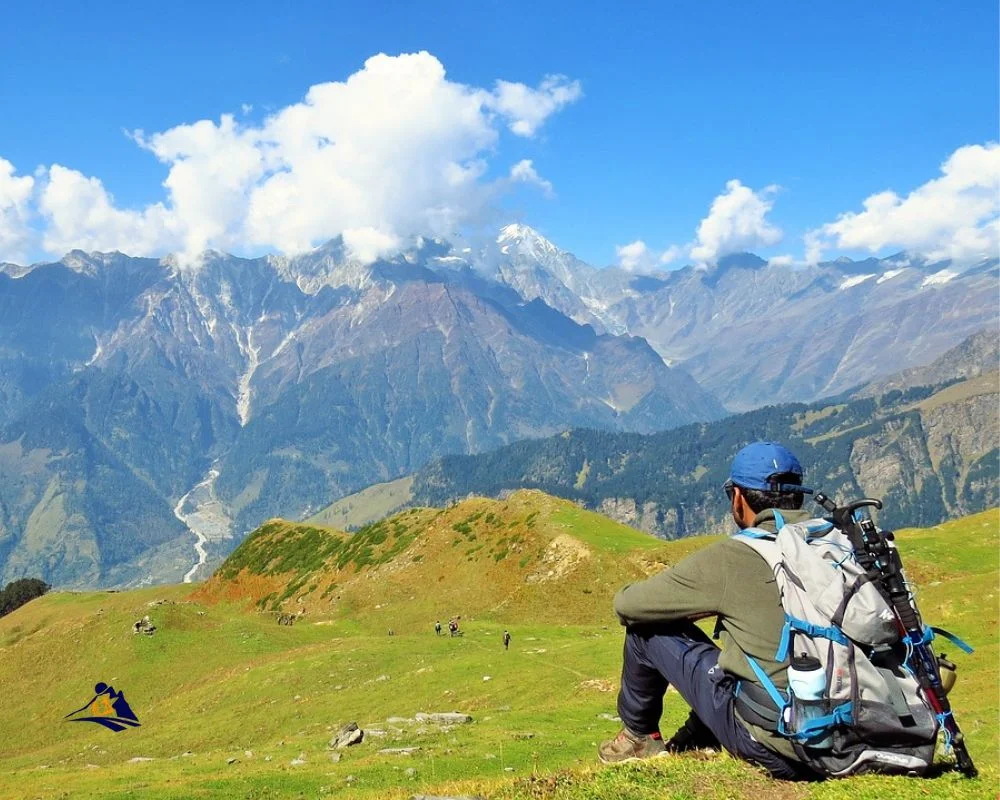
Reflecting on your journey, here are some lessons learned:
- Embrace new experiences: It can be easy to stick to what is familiar when traveling, but stepping outside of your comfort zone can lead to unforgettable memories.
- Connect with locals: Take time to get to know people from different cultures. Their stories and perspectives can offer valuable insights.
- Practice responsible tourism: Supporting sustainable businesses and respecting cultural norms helps preserve communities for future generations.
- Be present in the moment: Don’t forget to put down your camera or phone and soak in all that surrounds you. Life moves fast, but travel allows us to slow down and appreciate the little things.
In conclusion, as you head back home after an adventure-filled sapa trekking tour, carry these reflections and lessons learned with you as a reminder of how travel can broaden our horizons and connect us with people from all walks of life.
Sapa Trekking Booking Frequently Asked Questions
What kind of physical fitness is required for Sapa trekking tours?
To fully enjoy Sapa trekking tours, you need to be physically fit and prepared for the challenges of hiking in mountainous terrain. Fitness requirements include having good stamina and balance, as well as strong leg muscles. Training tips include regular cardio exercises such as running or cycling, practicing on uneven surfaces like hills or stairs, and carrying a backpack with weights to improve endurance. It’s also important to stay hydrated and have proper nutrition before and during your trek. Remember that being physically fit not only enhances your experience but also ensures your safety while exploring the beautiful landscapes of Sapa.
Are there any age restrictions for Sapa trekking tours?
When it comes to Sapa trekking tours, there are certain age restrictions and fitness requirements that you should be aware of. The level of physical exertion involved in these tours can vary depending on the specific route you choose, but generally speaking, you’ll need to be in good shape and have a decent amount of stamina in order to keep up with the pace. As for age restrictions, most tour companies will require participants to be at least 18 years old or have a legal guardian sign a waiver on their behalf. That being said, if you’re looking for an adventure that will challenge your body and give you a sense of freedom unlike anything else, then Sapa trekking is definitely worth considering.
Is it safe to trek in Sapa during the rainy season?
Trekking in Sapa during the rainy season can be challenging, but it’s still safe as long as you take proper precautions. The best time for Sapa trekking is from September to November when the weather is cool and dry. However, if you’re up for a challenge and love the lush green scenery that comes with rain, then trekking during the rainy season (May to August) can be a unique experience. Just make sure to pack waterproof gear and good hiking shoes with traction. Keep an eye out for slippery trails and swollen rivers, but don’t let that stop you from exploring the beautiful rice terraces and stunning mountain views of Sapa.
What kind of clothing and equipment should I bring for a Sapa trekking tour?
When planning for a trekking tour in Sapa, it’s essential to bring appropriate footwear and layering clothes. The terrain can be challenging, so sturdy hiking boots or shoes with good traction are necessary to prevent slips and falls. Layering clothes will allow you to regulate your body temperature as the weather changes throughout the day. Start with a moisture-wicking base layer, add insulating layers like fleece or down jackets, and finish with a waterproof outer shell to protect from rain or wind. Additionally, don’t forget about essential trekking accessories such as a backpack, headlamp, water bottle, and sun protection like sunglasses and sunscreen. By packing smartly and preparing well for the elements, you’ll be able to fully enjoy your Sapa trekking adventure without any worries holding you back.
Can I customize my Sapa trekking tour itinerary to include specific sights or activities?
Looking to customize your Sapa trekking itinerary? No problem! Most tour companies offer a variety of tour package options that you can tailor to fit your specific interests and needs. Whether you want to focus on visiting certain sights or participating in specific activities, there are plenty of ways to make your Sapa trekking experience unique and personalized. When booking your tour, be sure to communicate any specific requests or preferences with the company so they can create an itinerary that meets your expectations. With the ability to customize your itinerary, you’ll have the freedom to explore Sapa on your own terms.
Conclusion
Congratulations! You have successfully learned about Sapa trekking tours and are now ready to plan your own adventure. Remember, there are many types of trekking tours available, so choose the one that best suits your interests and fitness level.
When selecting a tour provider, make sure you do your research and read reviews from previous travelers. This will help ensure that you have a safe and enjoyable experience. Once you’ve chosen a tour, start planning early to make sure you have everything you need for a successful trip.
During your trekking tour, expect to be surrounded by breathtaking scenery and immersed in the local culture. Keep an open mind and enjoy every moment of this unique experience. And don’t forget to use our tips for a successful trekking tour – stay hydrated, wear comfortable shoes, bring snacks, and take breaks when needed.
In conclusion, Sapa is an incredible destination for trekking enthusiasts who want to explore stunning natural landscapes while immersing themselves in local cultures. With careful planning and preparation, you can experience the beauty of Sapa on foot with confidence. So get out there and start exploring – we know you’ll love it!
